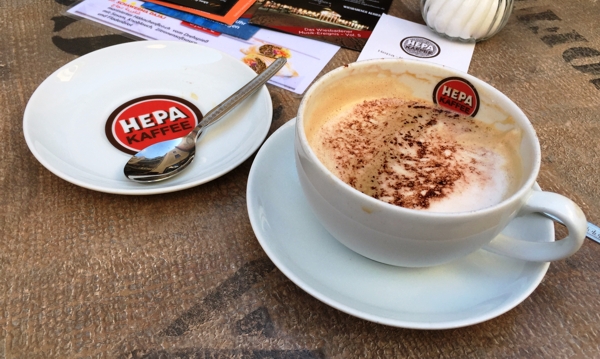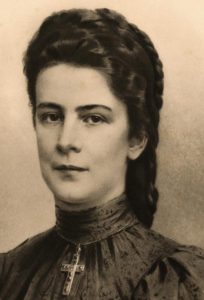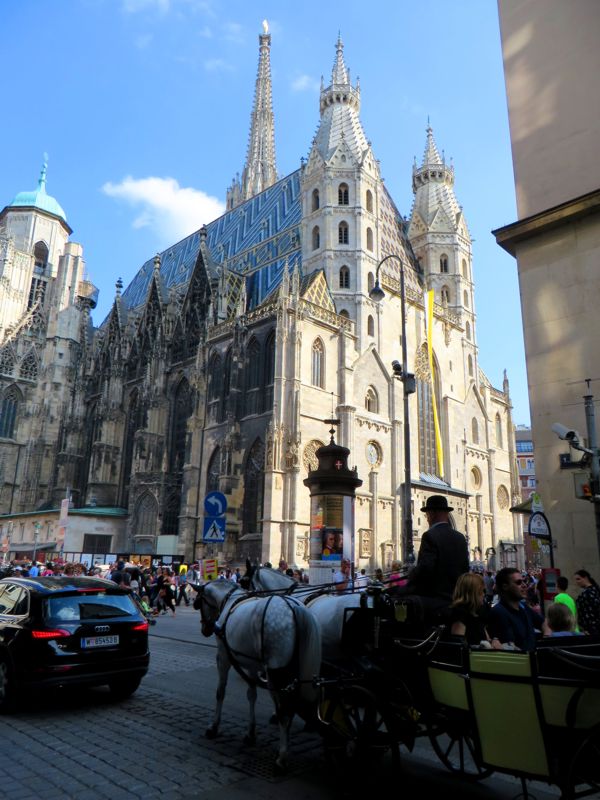Well, it finally happened. After all these years—59 to be exact—I was stung by a wasp. Not just any wasp, but a house guest. Air conditioning is just about nonexistent here in Europe and another rarity is the window screen. In the summertime we find ourselves, swatters in hand, doing our best to escort flying insects across the “rainbow bridge.” This is clearly also a problem for the Germans, who have come up with a very handy little gadget to address the issue. It looks kind of like a badminton racket, only the strings have been replaced with a metal mesh. Pop in a couple of AA batteries, and presto! You become a human bug zapper. The brief flash followed by a faint whiff of smoke gives me a certain feeling of vengeance that I never knew I was capable of. Trust me, I’m bringing a couple of these babies back to the States with me.

We noticed several weeks back that along with the hot summer weather, we seemed to have a lot of wasps in the house. Not just flying around, but actual carcasses on the floor. We were even more perplexed when we returned from four days away in France recently. We had closed up all the windows before we left but as we walked up the stairs, it looked like the remnants of a terrible wasp battle that both sides had lost. There in front of us were 50 or so dead wasps. We found out from our landlord that there might have been a slight problem a while back with wasps entering in the house through a small access point on the top floor. Well, the cooler temperatures are now arriving, and this pesky little problem is more or less behind us. But it did not happen soon enough for me and one of the little buggers hid inside a nightgown. OUCH! I found out rather quickly that yes, wasp stings really do hurt. Luckily, I don’t need an Epi-Pen fix since I’m not allergic. But the whole affair certainly made me happy to see Fall arrive. Nevertheless, I have my handy-dandy zapper at the ready if I need it.

We celebrated the arrival of autumn by going downtown to shop on a Sunday. Traditionally, you can only do this twice a year, as the stores are all closed. However, with the arrival of Spring and once again at the

beginning of Fall, the doors are flung open on Sunday so that people can better prepare for the coming cold (or warm) weather. Not to waste a wonderful opportunity, they also used that weekend for a city fest and craft market. Everywhere were artisans selling their handmade wares such as squirrels and hedgehogs made of straw, dried floral arrangements, honey and beeswax candles, and all manner of baked goods. Street performers were out in droves and the crowds were large. Normally, the downtown area is quite empty on Sunday, so this was rare opportunity to see everyone enjoying the extra day of retail therapy.

The city laid out yellow carpeted runners in many of the smaller pedestrian streets and alleys downtown to direct crowds to some of the less frequented areas. The smaller shops get a little extra attention as locals meander down streets they might normally miss. One such path took us down into a small courtyard where we found the Hepa Kaffee Café. Their logo always reminds me of the old Lucky Strike cigarettes but the similarity ends there, because Hepa Coffee is really wonderful. The local radio classical music station was remotely broadcasting their afternoon

show in the courtyard in front of the café. We found ourselves a small bistro table in the sunshine. We enjoyed a lovely (and very large) cappuccino while the lilting strains of Italian opera floated through the courtyard. I only vaguely remembered the sting from the morning as I rubbed the affected spot. But it faded as I realized that life just doesn’t get much better than this. Sitting in the European sunshine with a great cup of coffee while being serenaded by Madame Butterfly takes a lot of sting out of life.

Wiesbaden is a lovely city that really doesn’t get the attention it deserves in the travel press. Because we live here, we often tend to overlook it ourselves. But since we started writing about our travels, I think we’ve gained a greater appreciation of our current adopted hometown. While our blog posts will be mostly about places farther afield, we will occasionally drop in a quick note about some of our favorite local events and attractions. Stay tuned.










 We went for a small walk through the tiny village after our feast and something caught our eye from across the street. It was a farmer’s version of an automat. It stood beneath a sort of lean-to structure and had a series of little glass doors with signs boasting that their “ATM farm products” were available 24/7! Sure enough, we saw farm fresh eggs, bunches of newly picked garlic, bags of onions, potatoes, bottles of hand pressed canola oil, and more. The prices were handwritten on each selection with a small number to identify them. Pop your coins in the slot, key in the number on the central keypad and presto! the door opens and the item is yours. But instead of the piece of pie or sandwich of yesteryear, it was fresh produce to fix dinner with.
We went for a small walk through the tiny village after our feast and something caught our eye from across the street. It was a farmer’s version of an automat. It stood beneath a sort of lean-to structure and had a series of little glass doors with signs boasting that their “ATM farm products” were available 24/7! Sure enough, we saw farm fresh eggs, bunches of newly picked garlic, bags of onions, potatoes, bottles of hand pressed canola oil, and more. The prices were handwritten on each selection with a small number to identify them. Pop your coins in the slot, key in the number on the central keypad and presto! the door opens and the item is yours. But instead of the piece of pie or sandwich of yesteryear, it was fresh produce to fix dinner with.


































